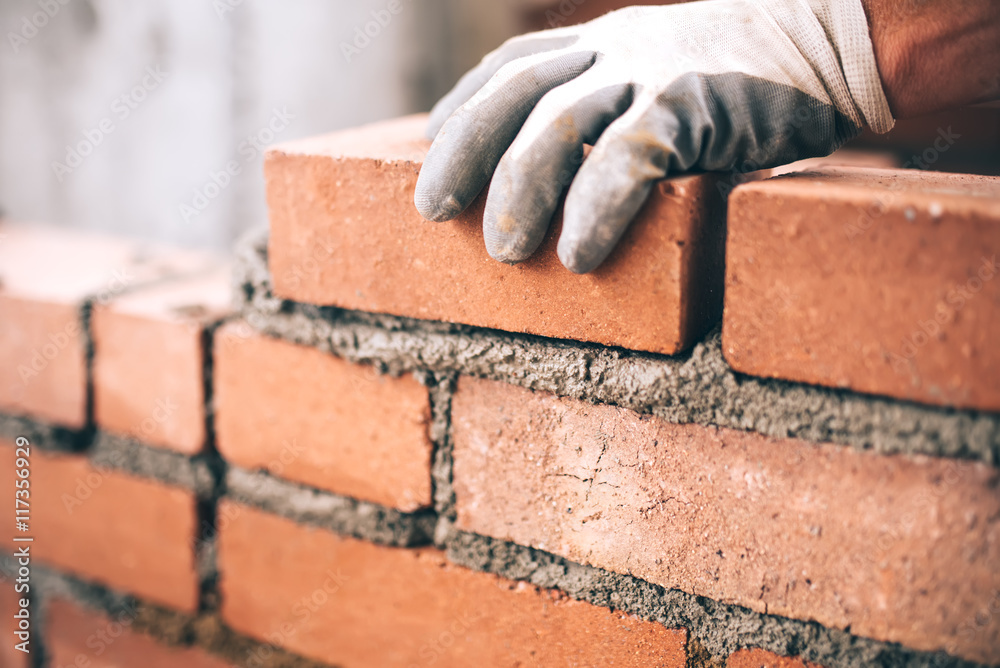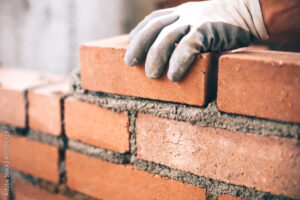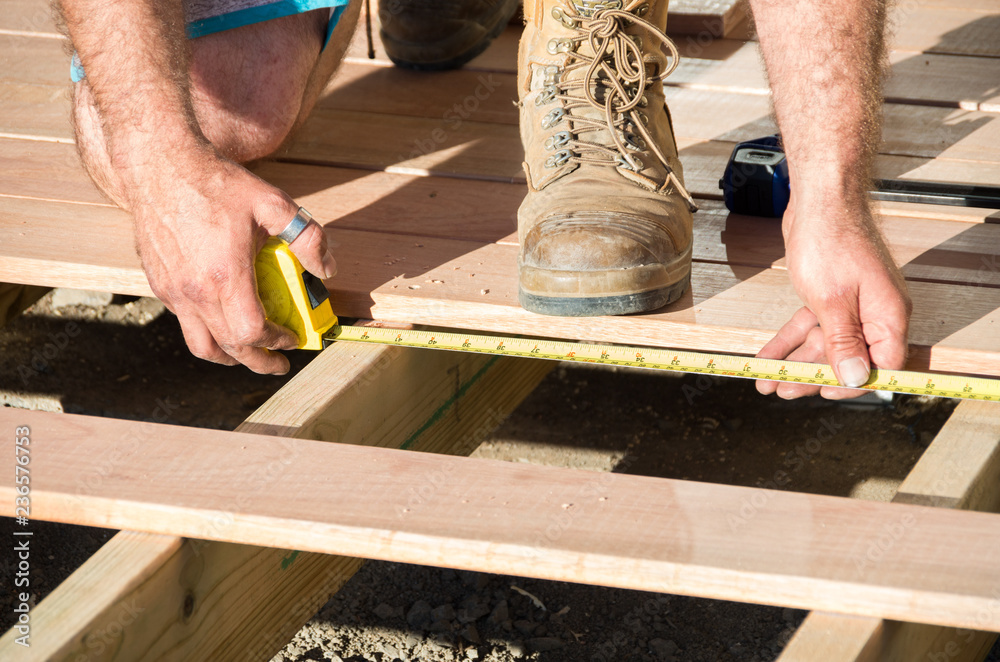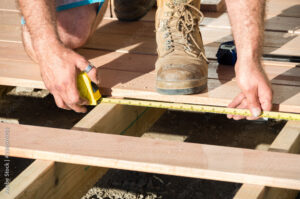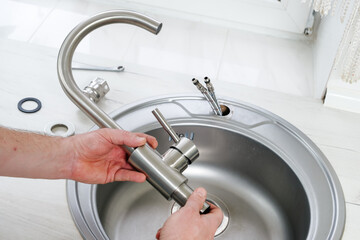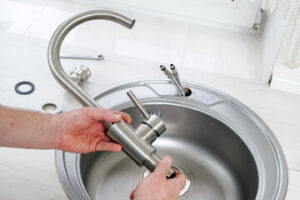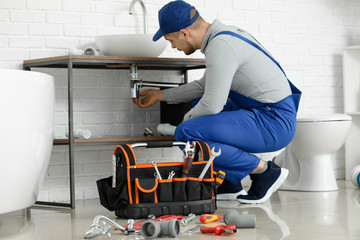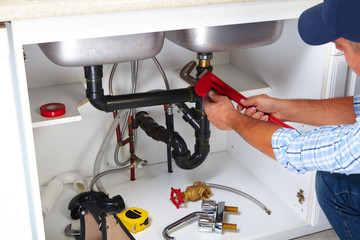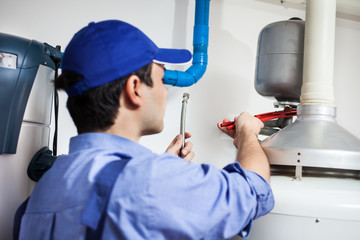Jason Wojo is a social media marketing entrepreneur who has scaled local businesses to six and seven figures. His company, Wojo Media, offers ad creatives and Facebook ad management services.
He also teaches online courses that help people start their businesses and earn money. These online courses have been a significant source of income and have contributed to his net worth. For more details, check out Jason Wojo Review.
Internet Marketing Industry

Internet marketing is a type of digital marketing that involves using online channels to promote and sell products or services. It is a powerful tool for businesses that can help them reach a wider audience and increase sales. It also helps companies build brand awareness and develop relationships with potential customers. There are many benefits of internet marketing, including its ability to target specific audiences and track campaign performance.
Jason Wojo is a social media entrepreneur who makes money by running Facebook ads for his clients. He is the owner of Wojo Media, which was founded in 2018. He also offers training programs and ad creative packages. He has several YouTube videos where he shares his entrepreneurial tips and tricks.
There are several controversies surrounding Jason and his company. He has been accused of using fake followers to promote his business. A YouTuber named MARKIE published a series of videos that exposed Jason’s practices. He revealed that Wojo Media hired freelancers to work on their campaigns and used a Discord group to share raw video footage for editing. He also reported that the editors are not coordinated and there are delays in payment. Orlando SEO Expert has also investigated Jason and found that he has paid to have his articles featured on various publications.
Wojo Media
Wojo Media is a digital marketing agency that helps business owners run profitable ads. They provide social media management, content creation, Google pay-per-click management, video editing, Google business listing management, email marketing and SMS marketing. They also help clients build a high-converting sales/landing page and create irresistible offers. Their services are backed by data and proven results.
Jason has built his company by providing value to his customers. He has a no-nonsense approach and takes a no-BS attitude to work. This has helped him grow his audience and build a trusting relationship with his followers. He has also created a number of high-quality online courses to help his followers achieve their goals.
He is a well-known name in the internet marketing industry, and his YouTube videos have gained more than 1 million views. He has created several popular courses that focus on paid advertising, Facebook marketing, and SEO.
He has been criticized for his controversial videos, and his height and weight are often misinterpreted. He has also been accused of not going to the gym, and is said to be a “Andrew Tate wannabe”. However, his success has been attributed to his hard work and dedication.
In 2022, he had scaled 1,320+ businesses to 6 figures and 58+ to 7/8 figures by solving 4 key parts:
They are an ad agency that has been around since April of 2018. They have a lot of experience and have done amazing work for their clients. Their team is always willing to go above and beyond to ensure the client is happy with their service. They are known for their ability to produce quality work under tight deadlines.
They offer a range of services for their clients, including Facebook ads, Instagram ads, and website design. They also have a variety of training programs to help people start their own ad agency. The programs include Jason Runs Ads, 6-Figure Agency Accelerator, and 1 Million Views. They also have a 1-on-1 mentorship program.
They are a great choice for small businesses looking to get their first leads online. Their ad creatives are designed to attract new customers and convert them into paying customers. Their ad campaigns are highly targeted and can be customized to suit each customer’s needs. They also have a dedicated account manager to handle all of the details.
Low Ticket Starter Kit Course
Low ticket offers are a great way to get people on your list and build an audience. They usually offer a comprehensive solution to a problem or goal and can be delivered through video, email, or social media. They can also include downloadable materials, like planners and worksheets. These types of products are useful for a variety of audiences, from parents to brides.
They are easy to create and offer a lot of value for the price. However, you need to know your audience and understand that they won’t take the next step until they feel they have received the most value from your product or service. This is why it’s important to focus on the benefits of your product. You can also add bonuses to your product to increase sales. For example, a free webinar can be a powerful tool to drive traffic to your website and increase conversions.
Creating a list of buyers is essential for any online business. It’s the single most valuable marketing asset you have. But most marketers struggle to convert their lead magnet subscribers into a buyer list. They’re usually a bunch of freebie-seekers, and while they may buy something eventually, they’re not your ideal customer.
Jason Wojo is a multi-level marketer who has made his name in the online world. He started his career by learning Facebook ads from Tai Lopez and went on to start a social media management agency called Wojo Media. The company has since expanded to include other services such as ad creatives and mentorship programs.
Wojo has been involved in controversy relating to his business practices and personal life. In particular, he has been accused of making racist comments and of using inappropriate language in his videos. He has also been criticized for his lack of transparency in his business and the way he treats his clients.
Jason Wojo’s Low Ticket Starter Kit course is designed to help beginners and experienced marketers launch their first digital products and e-commerce business. It includes a training program, a product launch checklist, and pre-built landing pages. The course also provides access to a private Facebook group for support and accountability.
Scam or Not?
Jason Wojo is a social media marketing expert who runs an agency called Wojo Media. He is also an author of several courses on digital marketing. These courses cover topics like Facebook and Instagram ads, Google AdWords, TikTok, YouTube advertising, and more. He has a unique approach to his services and focuses on each client’s specific needs and goals.
While Jason is an expert in social media marketing, he is not without controversy. Many people have complained about him and his company, Wojo Media. Some of these complaints have been about not getting paid for their work. Others have accused him of plagiarism or using fake followers.
Despite these claims, Jason is still an up and coming marketing guru. He has built a seven figure social media marketing agency, is a published author, and has appeared in some 30 Under 30 lists. His story is inspiring, and he has a lot to offer.
His latest course, “The Ad Accelerator,” teaches you how to run profitable ads at scale. He has proven that he can do this by working with clients in his agency. He has even created a software solution to help other marketers manage their campaigns.
Jason is a self-made entrepreneur who started his own agency when he was twenty-four. He was a college dropout and partied hard while growing up. He has worked odd jobs and flipped Pokemon cards before finding his niche in social media marketing. His company, Wojo Media, is now a multimillion-dollar business.
If you want to hear more from Jason, consider subscribing to his podcast or buying his courses. Rephonic allows you to view estimated listener numbers for podcasts on multiple platforms, including Apple Podcasts, Castbox, and Podcast Addict. You can use this information to determine whether or not a podcast is worth pitching as a guest or sponsor.
